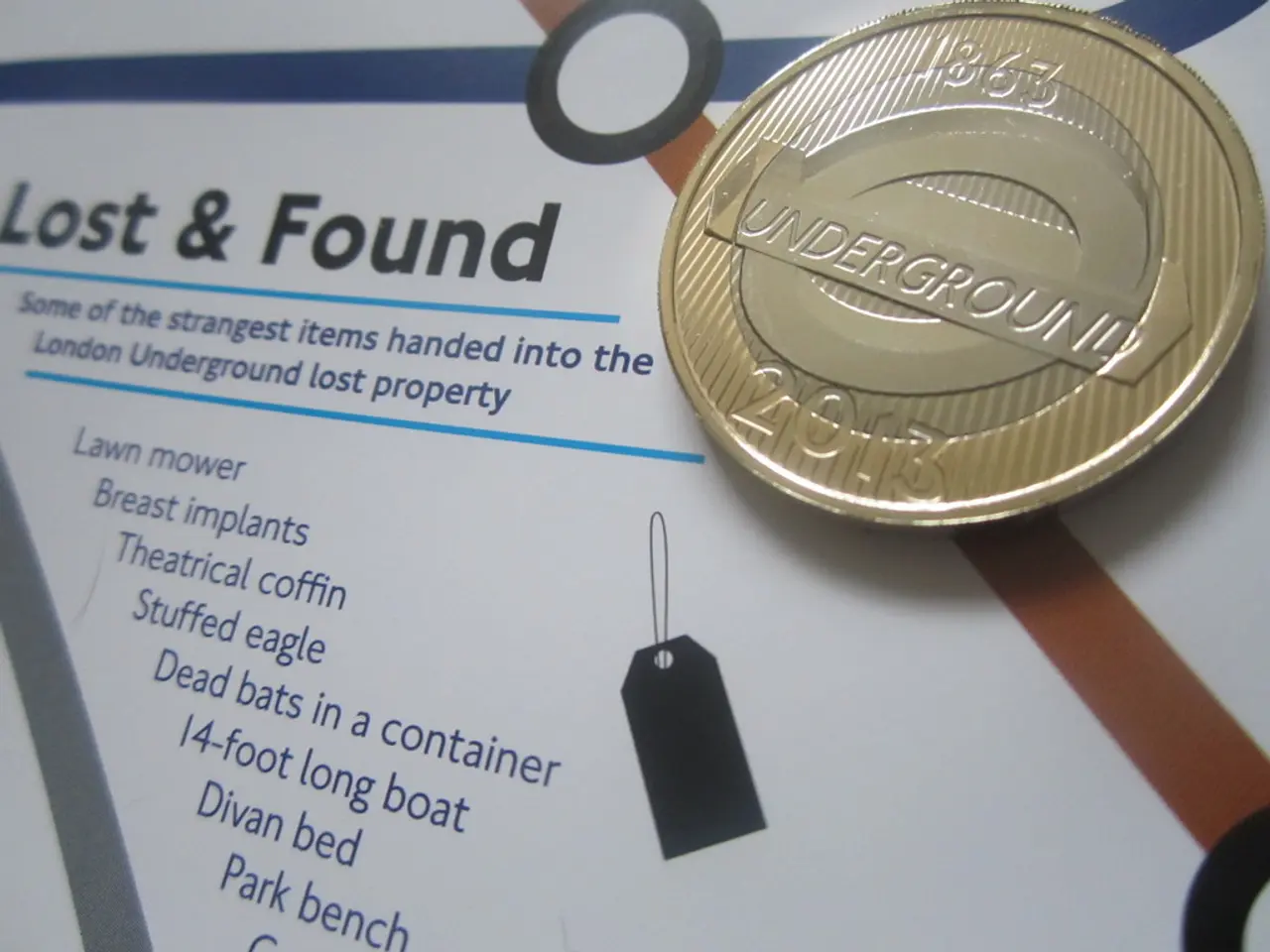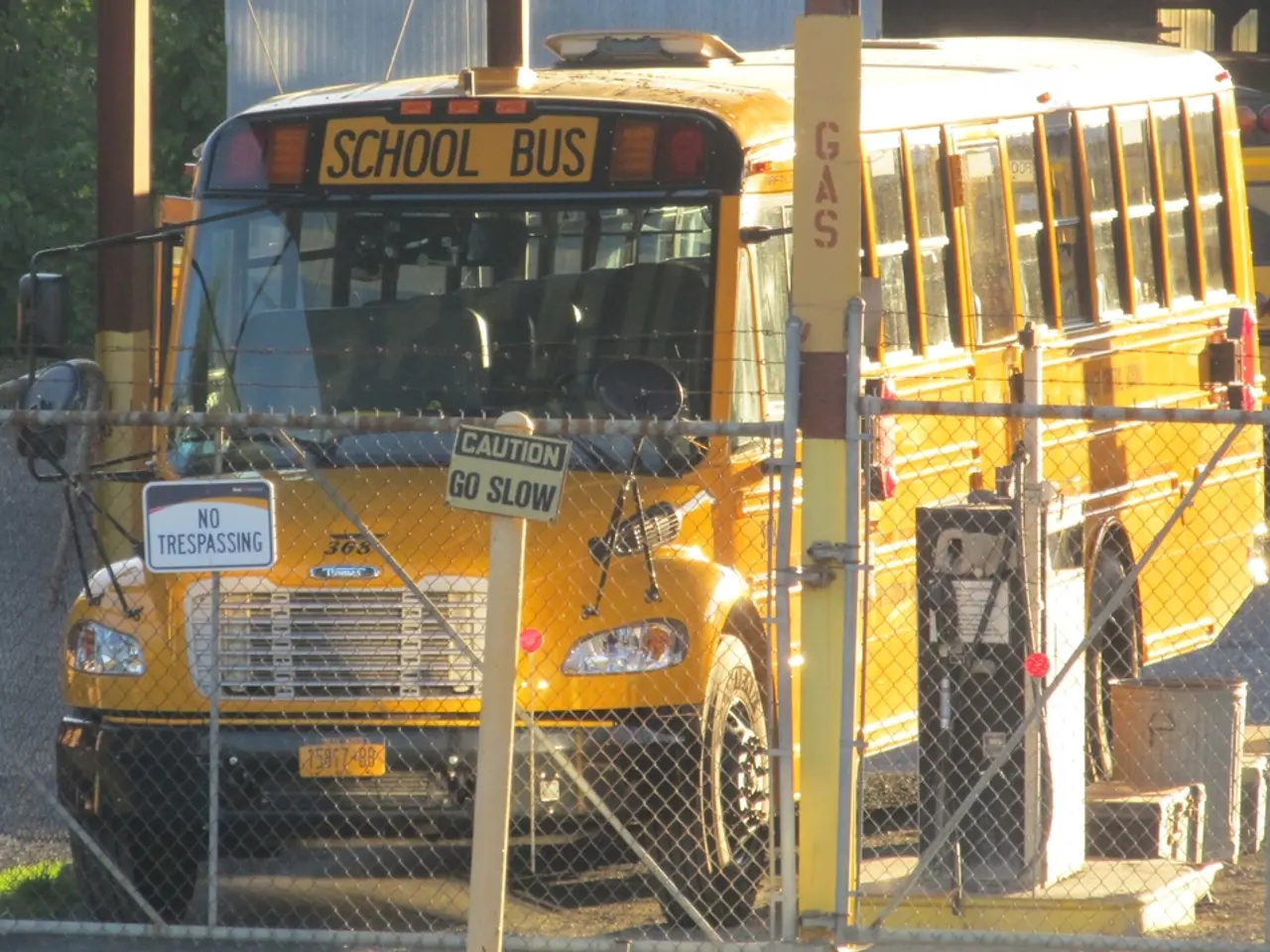Establishing a Tariff Crisis Financial Reserve Immediately
Let's Talk Tariffs: Setting Up Your Own Temporary Tax Shield
Here's the deal: thanks to those tariffs, you can kiss your carefully crafted budget goodbye. It's almost guaranteed that your costs are gonna surge, and aCool $5,000 a year isn't an unheard-of estimate for the average household. But don't panic – it's not all doom and gloom. By following a few simple steps, you can create a personal tariff emergency fund to weather these financial storms.
Estimating the Cost of Tariffs: Keep it Simple, Stupid!
Sure, if you've got a degree in economics, you could spend hours poring over tariff rates and import figures. But let's be real – who's got time for that? Instead, here's a hassle-free method to calculate how much extra dough you'll need to stash aside:
- Tariff Basics: Most countries are currently slapped with a 10% tariff, except for China, which is dealing with rates as high as 145%. Check out this handy list to see how your imports are affected[1].
- Average Ballpark: Yale's Budget Lab has crunched some numbers, and they're expecting consumer prices to creep up by around 3%[2]. Use this figure as a base for your calculations.
Building Your Tariff Emergency Fund: A Simplified Approach
Don't get bogged down in the details! Instead, take a broad view and make some informed assumptions. Here's what you need to do:
Assume a Middle Ground
Take an average of the 3% and 10% figures we mentioned earlier, and set that as your target increase. For the example of an average monthly grocery bill of $500, that would translate to $180 for a year's worth of extra funds[1]. If you want a bit more wiggle room, you could go all the way to 10%, which would amount to $300[2]. Apply this logic to your other recurring expenses as well.
Budget for the Big Ticket Items
If you've got your eye on a new fridge or plan to remodel your home, set aside a little extra cash for any potential increases. Consumer Reports predicts an increase of up to 40% for appliances in the next 9 months[3]. So if you're looking at a $2,000 fridge, tack on an extra $600 to $800 to your emergency fund[2].
Just Save $5,000
If you've got the dough to spare, you might as well shoot for the moon and just set aside $5,000 a year. That way, you'll be covered regardless of how high your costs go, assuming, of course, that tariffs remain in place[1]. Remember to keep this separate from your regular emergency fund, and adjust it as necessary based on changes in tariffs or your financial situation.
Preparing for tariff chaos isn't a walk in the park, but a little foresight and planning can help protect you from the financial fallout. Good luck, and may your wallet remain as crisp as a fresh $100 bill!
Enrichment Data:
Sources:
[1] J. Davidson, K. A. Farbio, & B. O. Johnson (2019, December 10). How to Protect Your Budget from Trump’s Latest Round of Tariffs. The New York Times. https://www.nytimes.com/2019/12/10/smarter-living/tariffs-financial-planning-budget.html
[2] A. K. Lewis (2019, August 23). Tariff Company B for Dummies. Forbes. https://www.forbes.com/sites/axaylewis/2019/08/23/tariff-company-b-for-dummies/
[3] Kristen Doerer (2019, March 7). How Tariffs Are Affecting Prices: A List. Consumer Reports. https://www.consumerreports.org/shopping-tips/how-tariffs-are-affecting-prices/
- To estimate the cost of tariffs, one can take an average of the 3% and 10% figures, with an example for an average monthly grocery bill of $500 translating to $180 for a year's worth of extra funds.
- If you're planning to buy a new appliance, such as a fridge, consider an increase of up to 40% in the next 9 months, which could amount to an extra $600 to $800 on a $2000 fridge.
- Building a tariff emergency fund can help you prepare for potential cost surges; a target increase can be set assuming an average of the 3% and 10% figures, or a more conservative budget could be adjusted as necessary based on changes in tariffs or your financial situation.
- Some experts recommend setting aside $5,000 a year as an emergency fund for tariffs, ensuring coverage regardless of how high costs go, assuming tariffs remain in place.
- To be financially ready for tariff-related emergencies, it's crucial to consider the potential impact on personal-finance and start budgeting for the increased costs, especially when it comes to major expenses like remodeling or appliance purchases.




